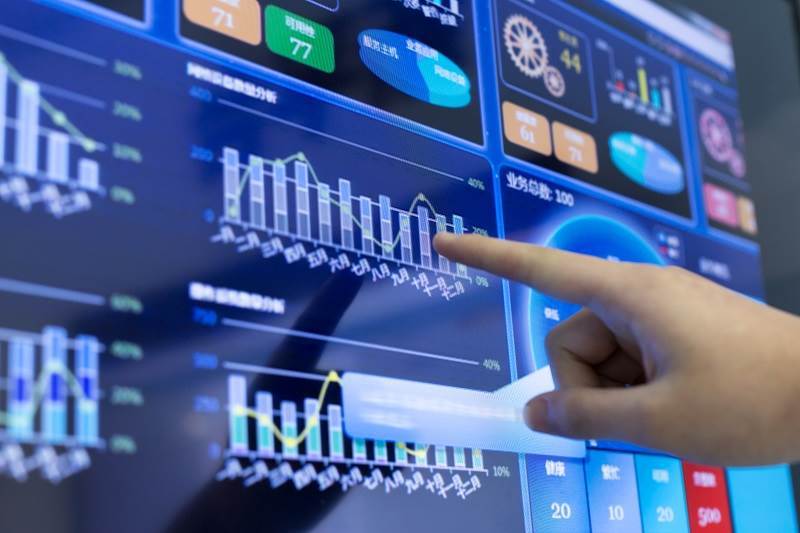.jpg)
By Steve Cavolick
For the last few years, we have heard that Artificial Intelligence, or AI, is the wave of the future and is going to change the way we all live and work. Actually, AI is already here. If you have done any of the following online activities, you have already interacted with AI:
- Enjoyed content that was recommended to you by a streaming service
- Asked Alexa, Bixby, Siri, or Google Assistant a question
- Participated in social media (the ads and content served to you)
- Used your phone for navigation or booking travel: computers are consuming thousands of real-time data points to help you get the cheapest ticket or reach your destination as fast as possible
AI involves making computers behave like people, but only faster and more efficiently. One type of AI is Prescriptive Analytics (determining the next-best action) and will be the ultimate goal for many of you and your data. As such, it should be on your analytics roadmap. Fueling the drive to this nirvana are a number of technologies that are not fully understood by most, and whose names are incorrectly used interchangeably. As a primer, we would like to share some of the technologies you need to know:
Artificial Intelligence
This is the highest-level and most generic term in the group discussed here. It describes the ability of computers to perform cognitive, human-like tasks. Computers learn and make decisions on the fly based on what they know from previous experiences.
Machine Learning
While AI is the broader science of getting computers to behave like humans, Machine Learning is a specific type of AI that describes how to train a computer to learn. There are different ways to teach a computer what to do: Supervised Learning occurs when data sets selected by humans are fed to the machine for learning (“training”). Once the computer presents predictable results with new data, we conclude the machine has been taught. In Unsupervised Learning, the computer scans data and just simply makes connections and finds patterns. There is no human involvement for selecting training data and humans do not provide explicit instructions, rules, or programming on how to behave. With Unsupervised Learning, a home improvement store would not need to train a computer to notice a pattern of paint and drop cloths being purchased together frequently. It would just discover and report it.
Natural Language Processing (NLP)
NLP is a branch of Artificial Intelligence that depends on Machine Learning. NLP breaks down human languages into smaller components, understands how those pieces fit together, and works to understand how those pieces create meaning. NLP is used for everything for spam email filtering to sentiment analysis in social media.
Deep Learning
This is an offshoot of Machine Learning where the predictive models are comprised of chains of geometric functions, each one applied after the previous one. It has been successful for tasks that have been traditionally hard for computers: extracting useful insight from images, video, or sound.
Every industry has an AI use case, from personalized shopping in retail to identifying fraud in banking. How is your vertical transforming to leverage AI?
The LRS Big Data and Analytics team has over 20 years of experience in analytics, information management, and data warehousing. If you are interested in discussing current trends in analytics and understanding how advanced predictive models and AI can help you find value in your data, please fill out the form below to request a meeting.
About the author
Steve Cavolick is a Senior Solution Architect with LRS IT Solutions. With over 20 years of experience in enterprise business analytics and information management, Steve is 100% focused on helping customers find value in their data to drive better business outcomes. Using technologies from best-of-breed vendors, he has created solutions for the retail, telco, manufacturing, distribution, financial services, gaming, and insurance industries.